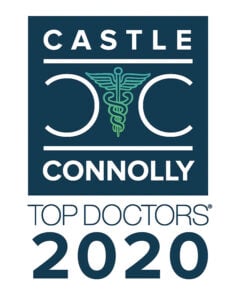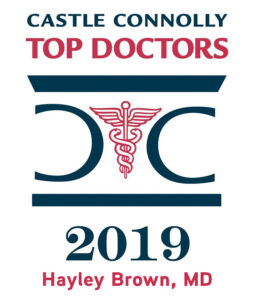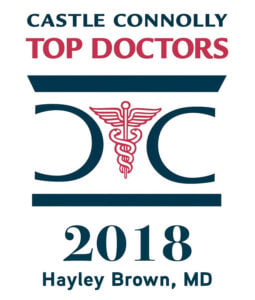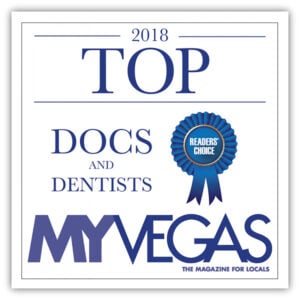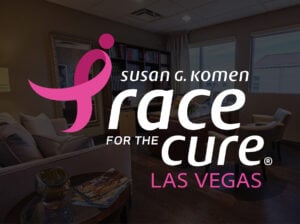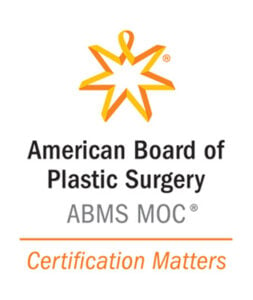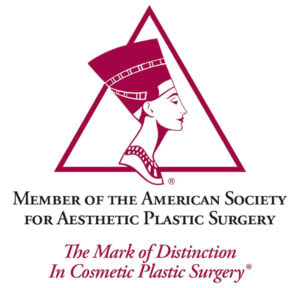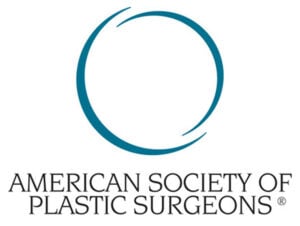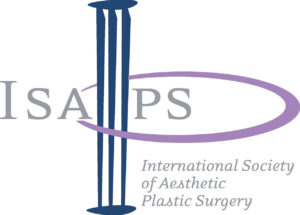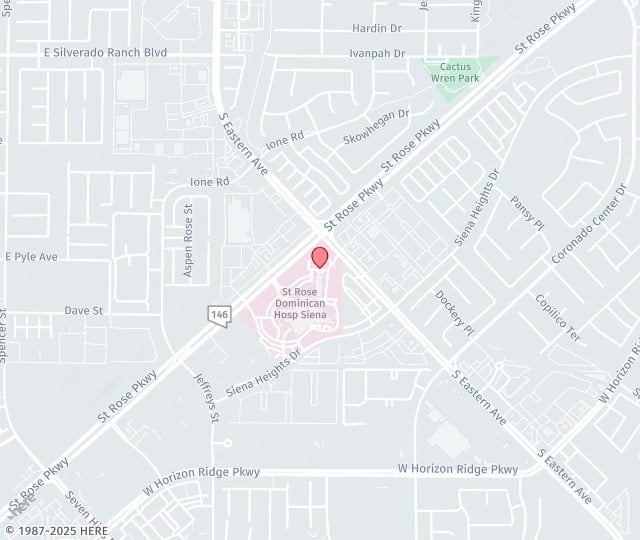Board Certified Female Plastic Surgeon Specializing in Facial Cosmetic Procedures
Our plastic surgery and facial rejuvenation procedures restore classic beauty and greatly enhance self-esteem. As we age there are certain patterns of change that are commonly seen in our faces. These changes occur mainly as a result of decreasing skin elasticity, the sagging of tissues, and the loss of facial volume in the form of fat.
Genetics have a major influence on this process, along with your habits. For instance, heavy sun exposure and smoking have a strong detrimental effect and hasten the process significantly.

Although no one can stop the aging process, Dr. Hayley Brown provides several options for rejuvenating your face, including:
- Facelift
- Eyelid Surgery
- Brow & Forehead Lift
- Lip Augmentation
- Chin Augmentation
- Non-Surgical Facial Rejuvenation
Dr. Brown is one of the few cosmetic surgeons in Henderson, Nevada, who specializes in facial rejuvenation procedures that create natural-looking, "non-operated-on" results. Her goal is to help you look well-rested and youthful. Dr. Brown focuses on concealing incisions and preserving normal hairlines, so there is little evidence of surgery.
Our Facial Procedures
Facial plastic surgery can smooth wrinkles, lift sagging skin, or improve facial balance. Whether surgical or non-surgical, these procedures can truly refresh your appearance:
Facelift
A facelift tightens sagging skin, smooths deep wrinkles, and restores youthful contours by lifting underlying tissues. Dr. Brown places the incisions around the ears and hairline to minimize visible scarring. This procedure can be combined with a neck lift for more balanced results.
Eyelid Surgery
Eyelid surgery (blepharoplasty) removes excess skin and fat from the upper or lower eyelids to reduce puffiness and sagging. It creates a more rested, alert appearance and can improve vision if drooping eyelids obstruct sight. Incisions are hidden within natural eyelid creases for minimal scarring.
Brow & Forehead Lift
A brow lift raises sagging eyebrows and smooths forehead wrinkles to reduce a tired or angry look. The procedure can be done with traditional incisions or minimally invasive techniques. It is often combined with eyelid surgery for a more refreshed appearance.
Lip Augmentation
Lip augmentation enhances lip volume, shape, and definition using injectable fillers or surgical implants. Fillers provide temporary results, while fat grafting or implants offer longer-lasting enhancement. This procedure can also soften fine lines around the mouth.
Chin Augmentation
Chin augmentation improves facial balance by enhancing a weak or recessed chin with an implant or bone reshaping. It creates a more defined profile and complements other procedures like rhinoplasty. Incisions are placed inside the mouth or under the chin for minimal scarring.
Non-Surgical Facial Rejuvenation
Non-surgical treatments like Botox, fillers, and laser resurfacing reduce wrinkles, restore volume, and improve skin texture. These options provide gradual or immediate improvements with little to no downtime. They can also help maintain surgical results over time.
Additional Rejuvenation Options
Options for enhancing facial rejuvenation include a neck lift and neck contouring with liposuction. Improvements in results can be obtained with injectable soft tissue fillers to add volume in areas of deficiency and BOTOX® Cosmetic so that results are much longer lasting.
Skin care is also important to improve and maintain results. A natural-looking result is key after a facial procedure.
How Long Does It Take to Recover From Facial Plastic Surgery?
The relatively short recovery associated with facial plastic surgery is one thing that surprises most patients. Of course, the amount of time that you need to take off work and social events will vary based on your chosen procedure, your rate of healing, and how closely you adhere to the post-op guidelines. But the time commitment is likely more manageable than you might expect.
For example, many people are able to return to work just seven days after eyelid surgery. Meanwhile, a facelift typically requires two weeks off. Dr. Brown will give you personalized estimates based on your surgical plan and career. She can also help you schedule your procedure with ample time to look your best before a big event such as a wedding, anniversary, or vacation.
What People Say About Us!
"I honestly could not recommend Dr. Brown and her team more and am so happy I decided to go to her! She is phenomenal and I am so obsessed with my results! Her office staff is amazing and so nice as well! I cannot thank them enough for everything they did for me and helped me with! Desert Hills Plastic Surgery Center is definitely the place to go to!"
How Risky Is Facial Plastic Surgery?
Facial plastic surgery is incredibly safe when performed by a qualified provider. Unfortunately, anyone who is licensed to practice medicine in the US can legally perform cosmetic surgery. To avoid complications and ensure the best outcome, you should verify that your doctor has the appropriate qualifications needed to safely carry out your chosen procedure and achieve a pleasing result.
The first thing to check is whether they are certified by the American Board of Plastic Surgery. This certification demonstrates that the doctor has met rigorous education and training requirements. Dr. Hayley Brown is a board-certified female plastic surgeon practicing in Las Vegas. She has performed thousands of cosmetic operations for satisfied patients.
In general, facial plastic surgery has a relatively low rate of complications. Of course, no surgery is risk-free, and you should be aware of the possibility of infection and other issues. During your consultation, Dr. Brown will discuss all of the relevant safety considerations in order to help you make an informed decision about rejuvenating your appearance through surgery.
Does Facial Plastic Surgery Last Forever?
Facial plastic surgery offers long-lasting results, which is why many people prefer it to non-surgical solutions such as injectables and skin rejuvenation treatments. However, facial plastic surgery doesn't last forever because there is no way to stop the natural aging process.
Fortunately, you can extend your results with good aftercare measures, such as wearing sunscreen, getting regular skin care treatments, using injectables such as Botox and fillers, and avoiding nicotine. And while the aging process will leave its mark, most facial plastic surgery patients will still look younger and more vibrant than if they never had surgery in the first place.
Frequently Asked Questions
Which Facial Procedures Can Be Combined?
Many facial procedures can be done together to enhance results and reduce overall recovery time. Common combinations include:
- Facelift and Neck Lift: Tightens sagging skin on the face and neck for a more balanced, youthful look.
- Eyelid Surgery and Brow Lift: Lifts drooping brows and removes excess eyelid skin to brighten the eyes.
- Chin Augmentation and Rhinoplasty: Improves facial harmony by balancing the chin and nose.
- Facelift and Fat Grafting: Adds volume while tightening skin for more natural results.
Combining procedures can create more dramatic improvements while requiring only one recovery period. Your surgeon will recommend the best approach based on your goals.
Are There Financing Options for Facial Plastic Surgery?
Yes, financing is available for facial plastic surgery. Since cosmetic procedures are not covered by insurance, patients must cover the cost themselves. Desert Hills Plastic Surgery Center accepts various payment methods, including cash, cashier’s checks, American Express, Mastercard, and Visa. Personal checks are not accepted, but financing options are available to help make surgery more accessible.
Can I Wear Makeup After Facial Plastic Surgery?
Makeup should be avoided until incisions have healed to prevent irritation and infection. Most patients can start using makeup again after about one to two weeks, depending on the procedure and healing progress. Mineral-based or gentle products are best when reintroducing makeup. Your surgeon will provide specific guidelines based on your recovery.
How Do I Know If I Need a Facelift or Just Fillers?
Fillers work well for early signs of aging, like fine lines and mild volume loss, but they can’t fix sagging skin. A facelift is better for deeper wrinkles, jowls, and loose skin that fillers can’t correct. If you want a more dramatic, long-lasting change, surgery may be the better choice.
What’s the Best Age for Facial Plastic Surgery?
There’s no set age for facial plastic surgery – it depends on how your face ages. Many people start with Botox and fillers in their 30s and 40s, while facelifts are more common in the 50s and 60s. The best time for surgery is when non-surgical treatments no longer give you the results you want.
Explore Your Facial Plastic Surgery Options
To learn more about the facial plastic surgery procedures performed at Desert Hills Plastic Surgery Center, please contact us online or call 702-260-7707 to book a consultation in the Las Vegas area of Nevada.

